Title
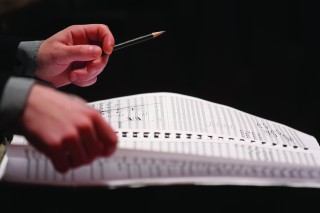
Marty Jaffe
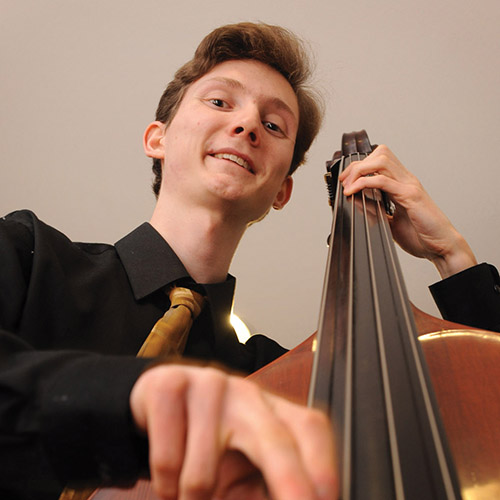 Stephen E. Somers Scholarship
Stephen E. Somers Scholarship
Last summer when I was home, in rural western New England, I took a walk one morning at dawn. As I watched the pink light reach across the sky and listened to the racket of birds, I began to hear a melody in my head and I rushed home to write down the first fragments of Dawn. I enjoy the challenge of writing for ensembles that have unconventional instrumentation, and Dawn calls for two double bassists as well as two trumpet players in an otherwise conventional small jazz ensemble set-up (the other instruments are drums, piano, and tenor saxophone). It highlights these two doubled instruments, beginning with counterpoint between the two basses and ending with collective improvisation. (Photo by Paul Franz from the Greenfield Recorder)
Body
Gabriel Medd
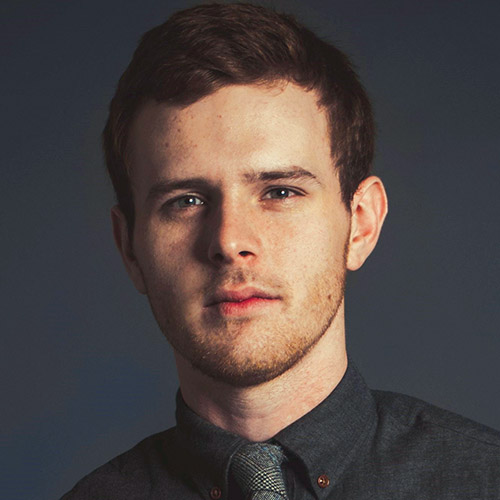 Clement Meadmore Scholarship in Jazz, Rhea Cloe and Carl Cloe Memorial Scholarship
Clement Meadmore Scholarship in Jazz, Rhea Cloe and Carl Cloe Memorial Scholarship
Going into this project, my main goal was to compose a structured tune with no written chord changes that could serve as the basis for extended improvisation. Dave Douglas’s workshop inspired me to write strong melody and bass lines in lieu of standard chord specifications, and I’ve come to embrace this way of writing as it leads to new improvised harmonic possibilities over both the melody and the solo sections of the song. To come up with the melody and bass lines, I improvised on my trumpet and picked out ideas that I liked as I really wanted the basis of all the elements of the song to come from my instrument. (Photo by Lauren Desberg)
David Meder
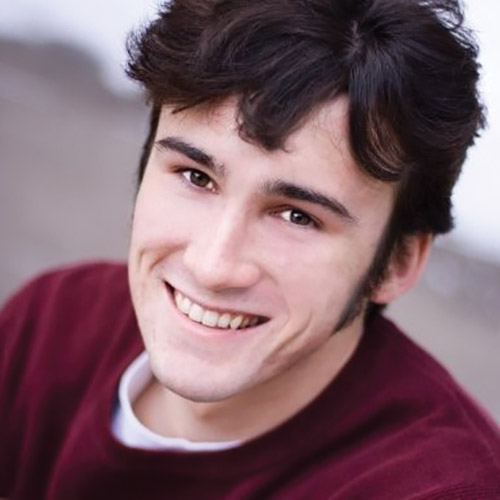 Clement Meadmore Scholarship in Jazz, Rhea Cloe and Carl Cloe Memorial Scholarship
Clement Meadmore Scholarship in Jazz, Rhea Cloe and Carl Cloe Memorial Scholarship
In the beginning what led me to start composing was the excitement of creating my own musical world, one in which I could shape my exact vision. As I’ve matured, I’ve embraced the feelings of having lost control and then arriving at something unintended and hopefully (though not always) beautiful. The working title of my piece for the jazz concert is Pink, inspired by the idea of a brash, bright, in-your-face color. I’ve written two formal sections but deliberately waited to compose more until I heard recordings of the group from rehearsal. I’m trying to finish by listening to the recording and unconsciously logging what I think comes next. (Photo by Kate Lemmon)
Ruaridh Pattison
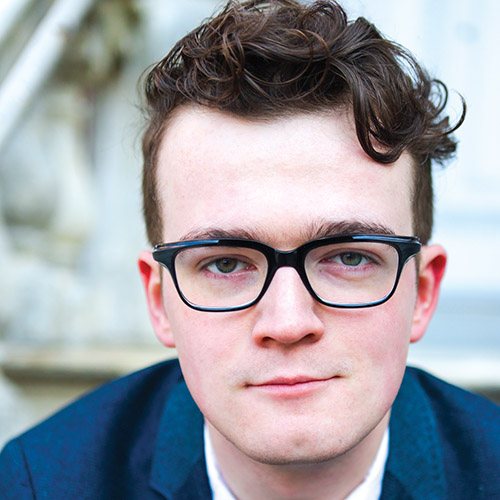 Victor Herbert Scholarship, Illinois Jacquet Scholarship, Satterthwaite Scholarship
Victor Herbert Scholarship, Illinois Jacquet Scholarship, Satterthwaite Scholarship
Dave Douglas challenged us to write away from our instruments to avoid any “muscle memory” composition. He also suggested that we avoid the use of chord symbols and to try and fit all the parts for our piece on to one side of paper. I like the thinking behind this and discovered the worth of writing like this when rehearsing my piece. When everyone can see every part, it really opens it up for improvisation and creativity, which is what a good jazz composition should do. The musicians can see how their parts fit with another and even swap, and everyone can take any theme or motif and use it as a basis for improvising. Also, leaving the band to interpret the harmony without chord symbols means they can go to many different places while still being within the structure of the piece. Since he introduced me to this way of composing I’ve written two more pieces in a similar manner. Before, I used to sit down at the piano to compose and I had definitely found a sound world I was comfortable in. This method forces me into an uncertain place sometimes, which I like. (Photo by Natalie Deryn Johnson)
Andrew Wangemann
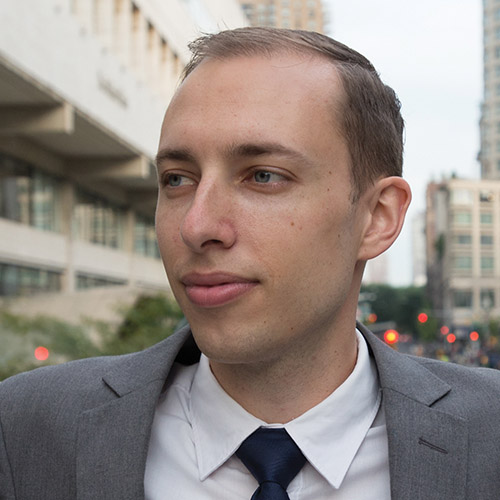 Walter P. Pettipas Scholarship
Walter P. Pettipas Scholarship
Because of the nature of my instrument, the drums, there are melodic and harmonic ideas that I often want to express, but can’t, at least not in a tangible way. Composition gives me that outlet. My compositional process is first about receiving inspiration, much of which comes from listening to many different kinds of music. So even though I may be writing for a jazz ensemble, I can’t help but be inspired by Aaron Copland’s Appalachian Spring. Part of my growth as a composer has been in learning to trust myself and my ability to contribute something unique. I remember Professor John Muller saying that usually in music’s history, theory follows practice. I often feel inadequate as a composer because there’s so much about harmony that I don’t know, but when I take the time to try to get what’s in my head onto paper, I find that I’ve written something that has logic while departing from theory practices I’ve learned. (Photo by Kai Wu)
J.Q. Whitcomb
 Pauly Cohen Jazz Scholarship, Irene Diamond Graduate Fellowship, Juilliard Scholarship
Pauly Cohen Jazz Scholarship, Irene Diamond Graduate Fellowship, Juilliard Scholarship
Composing is part of being a jazz musician since improvisation is in essence a certain type of composition. However, I’ve wanted to dive deeper into what makes music affect people since I was affected by music as a kid. I wrote this piece after realizing I’d forgotten a box of fresh cupcakes on the A train late one night. It seems superficial but sugar is actually quite central to my life, and I hope that I can touch people’s emotions, get them to move and groove a little bit, and also get them to find something interesting to think about in the music. In other words, I hope to reach people’s minds, bodies, and souls. (Photo by Abe Deyo)




